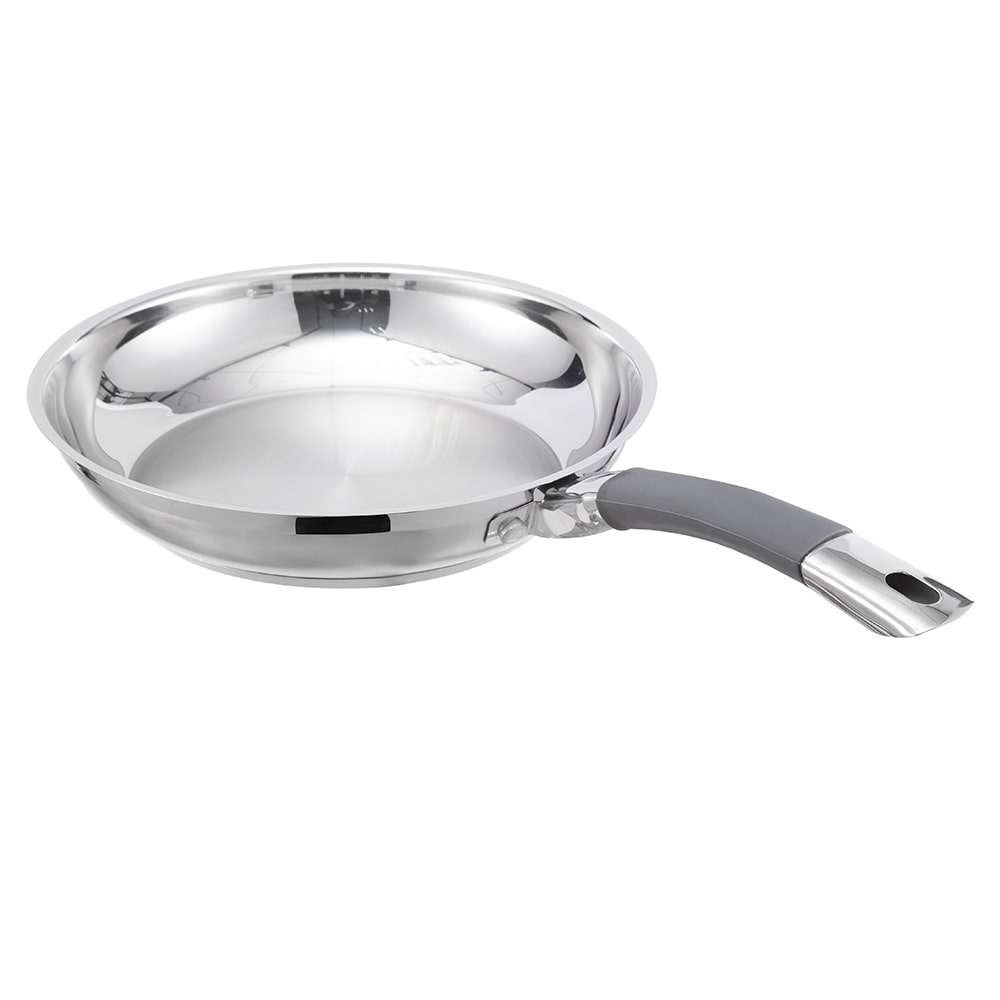The kitchen is full of complex acid-base environments. From the organic acids in the ingredients to the strong alkaline components in cleaning products, ordinary cookware is very prone to surface damage, performance degradation, and even the risk of harmful substances precipitating under long-term erosion. With its unique surface treatment technology, hard anodized cookware has demonstrated excellent corrosion resistance in actual use scenarios, and has redefined the durability standards of cookware in complex chemical environments with its stable performance. In acidic cooking scenarios, hard anodized cookware exhibits strong chemical stability. Taking the cooking of jam as an example, the fruit acids (such as citric acid and malic acid) in a large number of fruits form a strong acidic environment during the high-temperature concentration process. Ordinary metal cookware is prone to chemical reactions under these conditions, causing metal ions to dissolve and contaminate the ingredients, while accelerating its own corrosion. The aluminum oxide film layer on the surface of hard anodized cookware, due to its inert chemical properties, can effectively block the penetration of hydrogen ions. The aluminum atoms and oxygen atoms in the film layer are tightly bound by covalent bonds and ionic bonds to form a stable crystal structure, which is like a molecular-level protective shield to prevent acidic substances from directly contacting the base material of the cookware. Even under long-term high-temperature boiling, the oxide film can still remain intact, which not only guarantees the pure quality of the jam, but also prevents the cookware from becoming thinner and perforated due to corrosion, significantly extending the service life. When pickling kimchi, the continuous action of lactic acid is also unable to break through the protection of the oxide film, ensuring the pure flavor of the pickled products and preventing the cookware from being corroded and producing odor. In the face of alkaline cleaning environments, hard anodized cookware also performs well. Cleaners containing sodium hydroxide or sodium carbonate commonly used in daily cleaning can effectively remove oil stains, but they are highly corrosive to the surface of ordinary cookware. Long-term use can easily lead to the disappearance of metallic luster, rough surface and even structural damage. The special microstructure of the hard anodized film plays a key role here: the oxide film, which has been processed by precision technology, forms a dense and uniform crystal network inside. Even if the hydroxide ions try to react with aluminum oxide, they will be difficult to penetrate due to the obstruction of the lattice structure. At the same time, the closed pore structure formed by the sealing treatment further blocks the penetration path of alkaline detergents. When users use alkaline detergents to deeply clean the cookware, the oxide film can not only resist chemical erosion, but also maintain the surface smoothness, making it easier to clean oil stains, forming the dual advantages of "corrosion resistance" and "easy to clean". This stability ensures that the cookware can still maintain good performance after frequent cleaning, avoiding secondary corrosion caused by detergent residues. Under the alternating test of extreme cooking scenarios, the anti-corrosion advantage of hard anodized cookware is more prominent. For example, users may use alkaline detergents to clean immediately after cooking acidic sauces, and then make alkaline ingredients (such as soda cracker dough). Ordinary cookware is very likely to age faster due to damage to the surface protective layer in this acid-base alternating environment. The hard anodized film can calmly cope with environmental changes with its chemical stability and physical structural strength. It is tightly bonded to the cookware substrate through chemical bonds to form a solid whole. Even under thermal expansion and contraction or external force impact, the film layer is not easy to peel off and continues to play a protective role. This full-scenario corrosion resistance makes hard anodized cookware not only suitable for daily home cooking, but also meets the high-frequency and high-intensity use requirements of professional kitchens. From the perspective of health and safety, the corrosion resistance of hard anodized cookware has irreplaceable value. The stable oxide film layer eliminates the risk of metal ions dissolving during the cooking process from the root, avoids the contamination of food by elements such as aluminum and iron, and ensures food safety. At the same time, since the film layer is not easily corroded and damaged, the hidden danger of debris mixed into food due to aging of cookware is reduced. Whether it is daily cooking or special diet preparation, users do not need to worry about the health hazards caused by corrosion of cookware, and truly achieve safe cooking. Through scientific material design and precise process treatment, hard anodized cookware has successfully overcome the challenges of complex corrosion environment in the kitchen. In actual use, its excellent corrosion resistance not only extends the life of the cookware and reduces the cost of use, but also protects cooking safety with stable and reliable quality, making it an ideal choice for modern kitchens that takes into account both functionality and safety.
 No. 1, Jingwei Road, Yangcheng Lake Town, Xiangcheng District, Suzhou City, China
No. 1, Jingwei Road, Yangcheng Lake Town, Xiangcheng District, Suzhou City, China [email protected]
[email protected] +86-13913553688
+86-13913553688
 search
search
 中文简体
中文简体 English
English русский
русский Français
Français Español
Español 日本語
日本語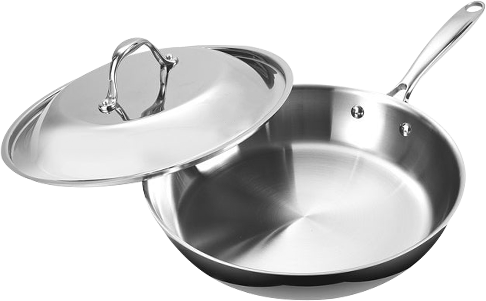
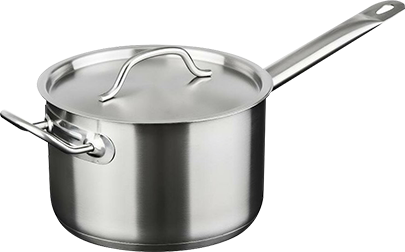

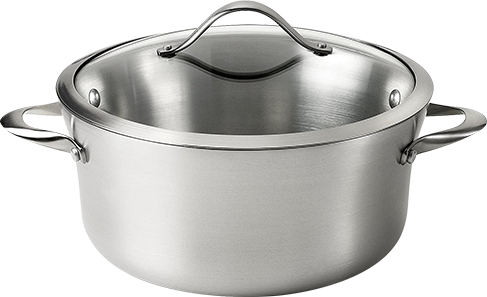
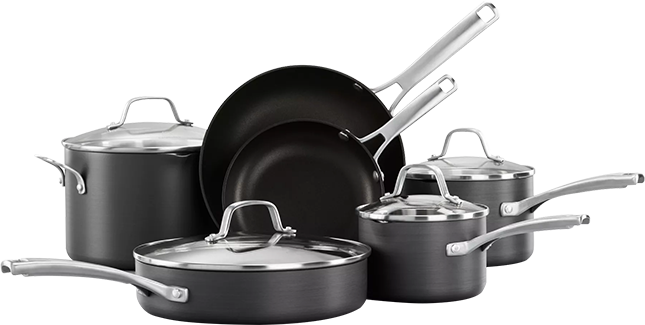


-4.jpg)
-1.jpg)
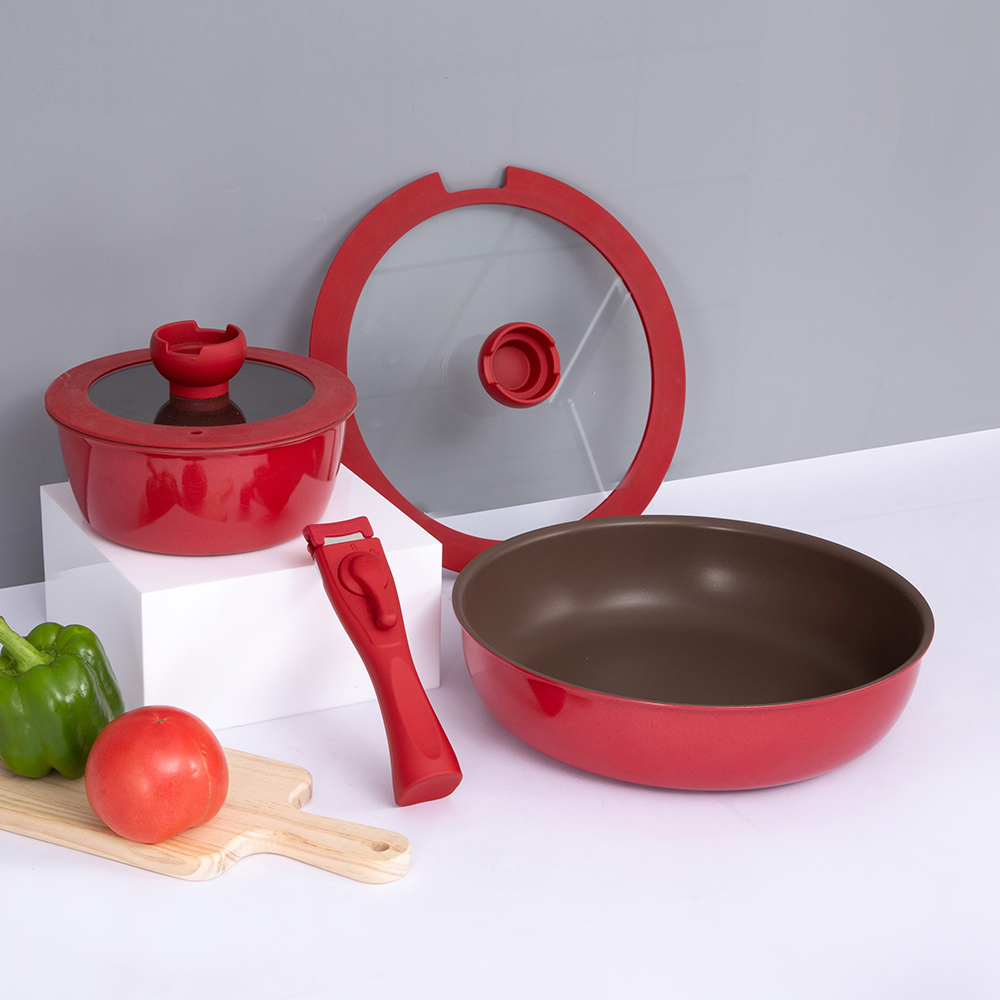
-3.jpg)
-5.jpg)
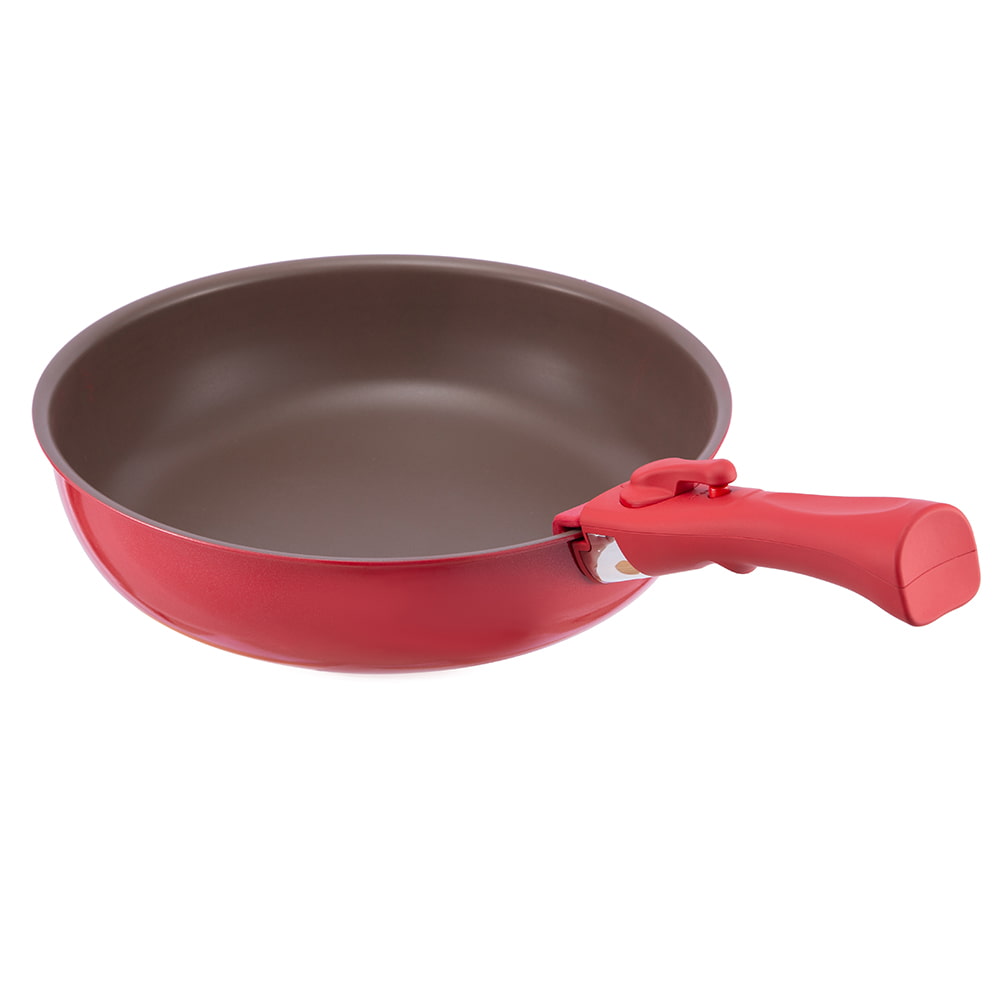
-3.jpg)
-9.jpg)
-3.jpg)
-14.jpg)
